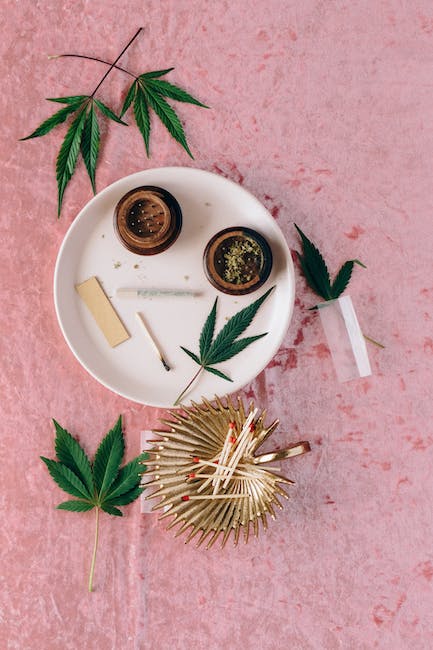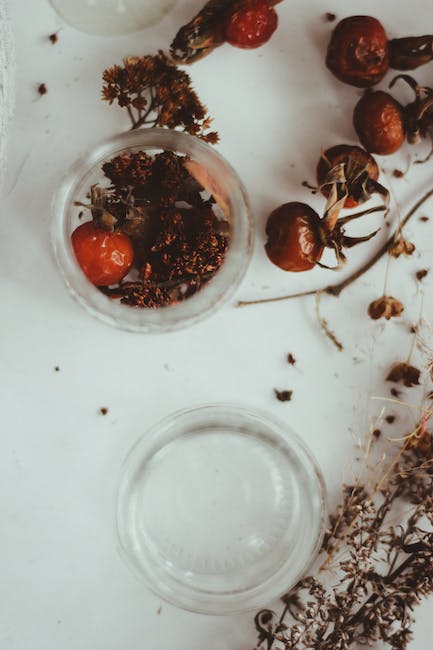
Introduction to Earl Grey Tea
Earl Grey tea, named after Charles Grey, the 2nd Earl and former British Prime Minister, is a favorite among tea aficionados. Renowned for its rich black tea flavor that comes from black tea leaves, Earl Grey also offers a fragrant twist of Bergamot oil. But the question that may linger on your mind is, does Earl Grey tea have caffeine?
Indeed, conventional/traditional Earl Grey tea does contain caffeine. However, there are decaffeinated versions available for those who prefer a caffeine-free drink. Typically, the amount of caffeine primarily depends on the ‘tea bases’. Standard Earl Grey is based on black teas, which naturally include caffeine.
Caffeine Content in Earl Grey Tea
As a tea lover, you might want to know the specific caffeine content in a cup of Earl Grey tea. The exact quantity may vary based on brewing time, type of black tea leaves used as the base, and the brand. Yet, generally, a cup of regular Earl Grey tea has caffeine ranging from 14 to 60 mg.
Now, compare this to a standard cup of coffee that usually contains around 95 mg of caffeine. Thus, if you are sensitive to caffeine but still enjoy the arousal one obtains from it, Earl Grey could be an excellent choice. It offers a moderate amount of caffeine that shouldn’t overly stimulate your system.

Comparison with Other Teas
A comparative analysis: Does Earl Grey tea have more caffeine than green tea or herbal teas? Herbal teas are generally caffeine-free, while green tea has a lower level of caffeine than black tea.
So, yes, the caffeine in Earl Grey is more than that in green tea and herbal teas. This is because black tea includes a higher concentration of caffeine than other types of tea, except for matcha, a distinct type of powdered green tea.

Benefit of Caffeine in Earl Grey Tea
Going beyond the caffeine content, Earl Grey tea offers a multitude of health benefits. The stimulating nature of caffeine can assist in maintaining mental alertness and combating fatigue. Furthermore, the addition of bergamot oil imparts added health advantages.
Research suggests that bergamot oil in Earl Grey tea can help lower LDL cholesterol and manage blood pressure levels. Therefore, besides its alluring aroma and taste, the consumption of Earl Grey tea can contribute positively to your overall health.

Caffeine and its Effect on Blood Pressure
While the health benefits of Earl Grey tea are noteworthy, caution is warranted for people with blood pressure issues. Although caffeine provides an instant boost of energy, it’s been noted that it can raise blood pressure temporarily.
If you have hypertension or other cardiovascular conditions, it would be beneficial to consult a healthcare professional before incorporating any caffeinated beverage into your routine.

Loose Leaf vs. Bagged Earl Grey Tea
The caffeine in Earl Grey can also depend on whether it’s loose leaf or bagged. Generally, loose leaf tea tends to have a bit more caffeine. This is due to the fact that loose tea leaves are typically larger and retain more of the caffeine content during the steeping process.
Furthermore, loose leaf tea generally offers a more robust flavor and greater freshness than bagged tea. So, if you’re a tea connoisseur looking for a stronger flavor along with a caffeine kick, loose leaf Earl Grey tea would be a perfect choice.

Caffeine-Free Earl Grey Tea
Despite the customary versions containing caffeine, caffeine-free Earl Grey tea options are available today. They are usually made from herbal teas that naturally lack caffeine, such as rooibos or herbal infusions.
So, if you’re looking for the unique flavor of Earl Grey tea without the caffeine, opt for these alternatives. These teas even retain the wonderful citrusy scent of bergamot oil, letting you savor the traditional Earl Grey tea experience, sans the caffeine.

Final Thoughts
To wrap it up, does Earl Grey tea have caffeine? Yes, it certainly does. But, there’s a variety of Earl Grey styles to cater to everyone’s palette – traditional caffeinated, decaffeinated, loose leaf tea, and bagged tea. Each variation has its own attributes in terms of caffeine, flavor, and aroma. But all share the enticing flavor of bergamot oil that defines Earl Grey tea.
FAQ
1. Who is Charles Grey, the 2nd Earl?
Charles Grey was a British Prime Minister in the 19th century, after whom the Earl Grey tea is named.
2. Does the caffeine in tea affect blood pressure?
Caffeine can cause a short, but dramatic increase in your blood pressure.
3. What type of black tea leaves are used in Earl Grey tea?
Assam, Darjeeling, and Ceylon black teas are commonly used in Earl Grey tea.
4. How much caffeine is in a traditional Earl Grey tea?
A traditional cup of Earl Grey tea contains caffeine ranging from 14 to 60 mg.
5. Are there caffeine-free Earl Grey teas?
Yes, caffeine-free versions of Earl Grey tea are available, usually made with herbal teas or rooibos.
6. What gives Earl Grey tea its unique flavor?
The unique flavor of Earl Grey tea comes from bergamot oil, extracted from the peel of a type of citrus fruit.
7. How does the caffeine content in Earl Grey compare to other teas?
Earl Grey, which typically uses black tea as its base, often has more caffeine than green and herbal teas.
8. What is Bergamot oil?
Bergamot oil is extracted from the peel of the bergamot orange, a type of citrus fruit. It gives Earl Grey tea its distinctive flavor.
9. Why would one choose loose leaf Earl Grey tea?
Loose leaf Earl Grey tea can offer a stronger flavor and higher caffeine content.
10. Can anyone drink Earl Grey tea?
Generally, it’s safe for most people to enjoy Earl Grey tea. However, those with high blood pressure or sensitivity to caffeine should consult with a healthcare professional.








